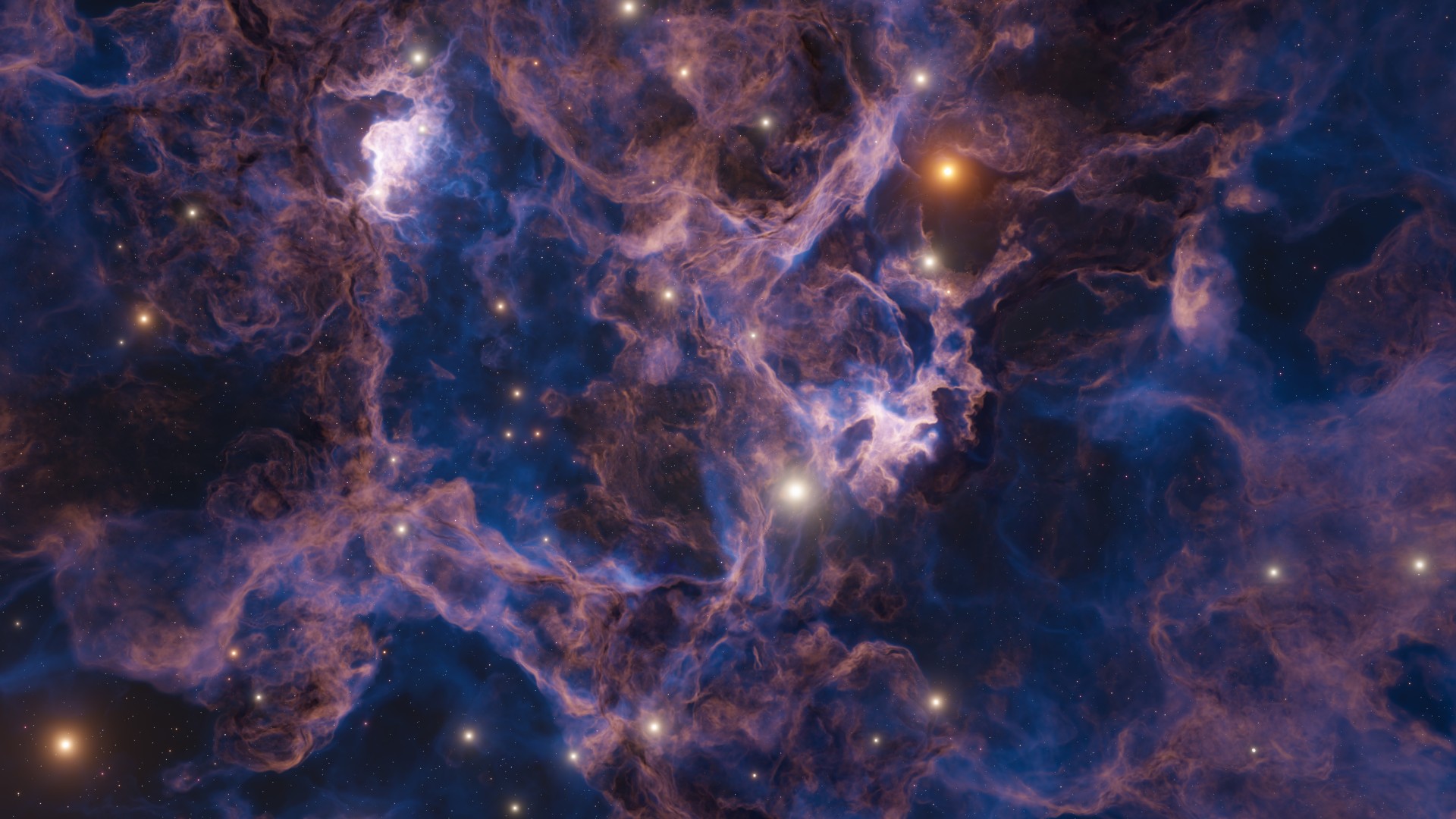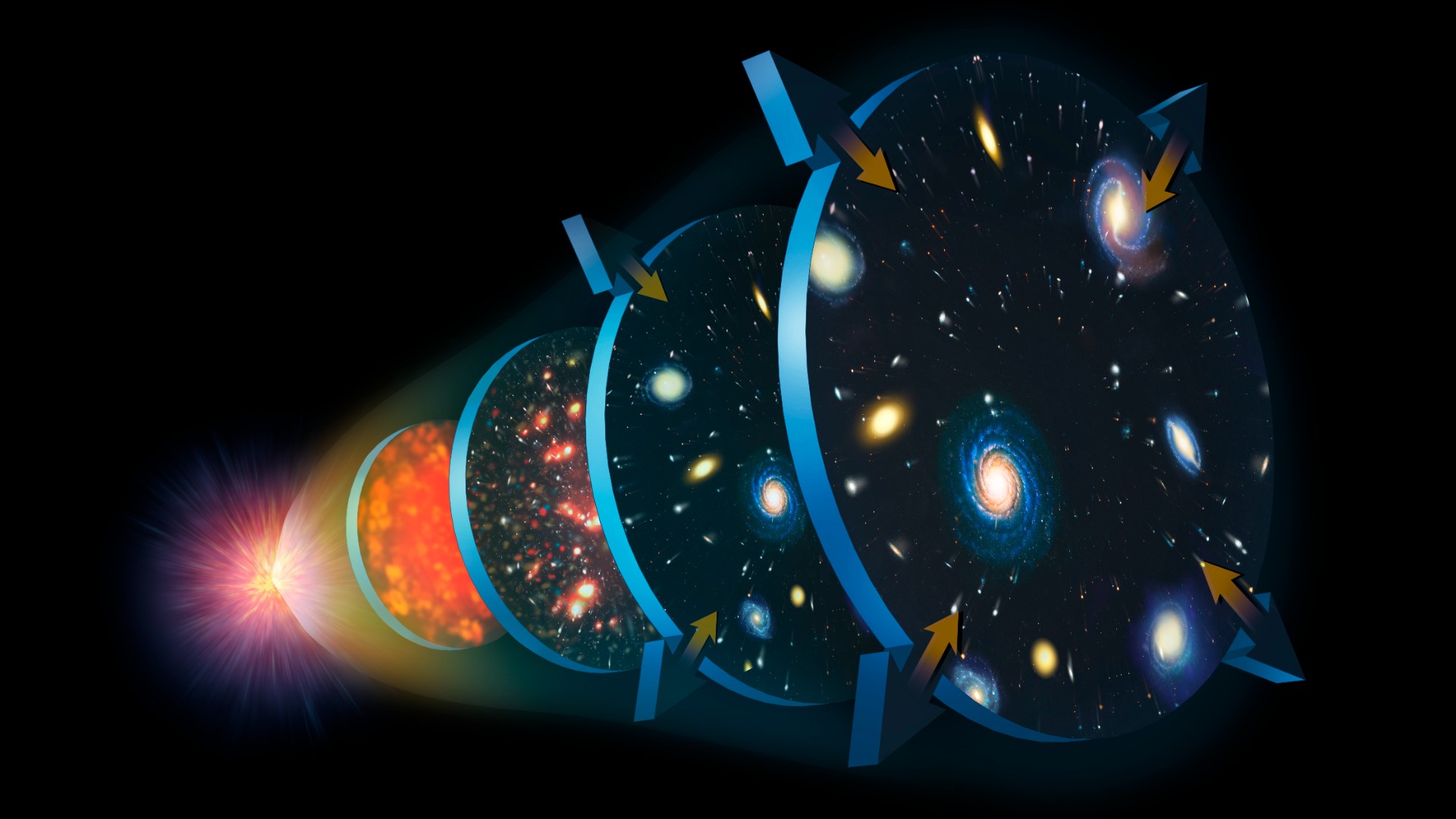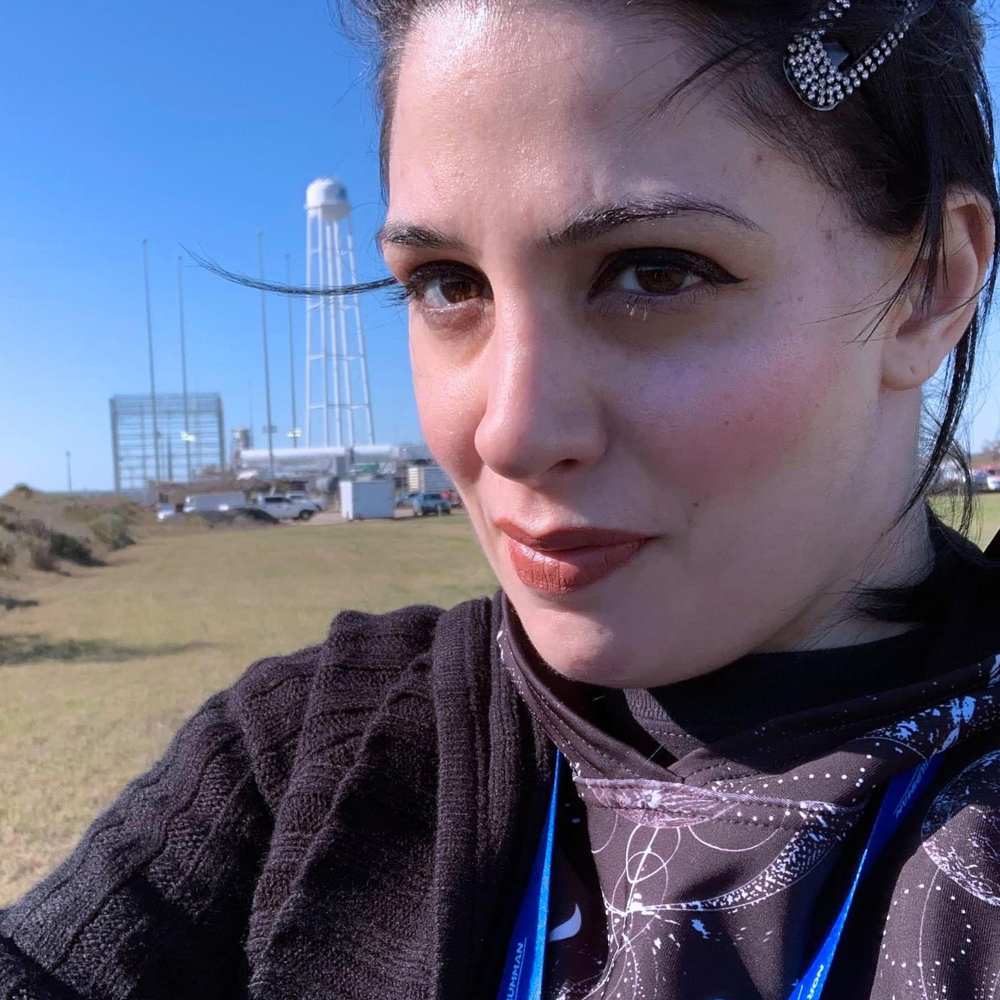
How do we know the age of the universe?
The universe is about 13.8 billion years old, but how do we know that?

Scattered across the vacuum of space are stars, galaxies, stellar remnants and other objects that are billions upon billions of years old. The age of the universe is now thought to be about 13.8 billion years — almost unfathomable. But how do we know that?
We can determine the age of the universe (to an extent) by analyzing light and other types of radiation traveling from deep space, but scientists haven't always agreed on the universe's age, and they continue to refine the answer as telescopes level up.
In the 1920s, astronomer Edwin Hubble came up with a way to figure out the relationship between the distance of an object, based on how long its light takes to reach Earth, and how fast it is moving away from us, based on how much light from distant locales has redshifted, or moved toward the lower-energy (or redder) end of the electromagnetic spectrum.
This metric, now known as the Hubble constant, describes the expansion of the universe at different locations. According to NASA, the Hubble constant is higher for objects that are farther away, and vice versa, suggesting that the expansion of the universe is accelerating. One consequence of this finding is that the estimated age of the universe is more difficult to prove.
Right now, the universe is thought to be around 13.8 billion years old. This was determined by different groups of scientists who announced their findings in 2020 after reevaluating data from the European Space Agency's Planck spacecraft and analyzing data from the Atacama Cosmology Telescope (ACT) in Chile. This is roughly 100 million years older than the previous estimate, which was determined by data beamed back from the Planck spacecraft in 2013. Both the spacecraft and the telescope had mapped the cosmic microwave background (CMB), which is leftover light from the Big Bang. By combining those data with existing models of how fast different types of matter and celestial objects would have appeared after everything began, scientists were able to estimate how far back that explosive birth of the universe happened.
Related: What's the oldest star in the universe? What about the youngest?

Scientists think light from the CMB emerged 400,000 years after the Big Bang. The universe started out as scorching plasma, in which packets of light, or photons, were attached to electrons. It eventually cooled enough for photons to break free of the electrons, leave the plasma and scatter throughout space, forming what is now known as the CMB. So, by measuring how far away such scattered light is, scientists get an estimate of how old the universe is.
Sign up for the Live Science daily newsletter now
Get the world’s most fascinating discoveries delivered straight to your inbox.
"The larger the distance we measure to the most recent time photons scattered, the older the age of the universe, since the CMB had to travel a longer distance to get to us," said Steve Choi, a National Science Foundation astronomy and astrophysics postdoctoral fellow at Cornell University. "It would have taken more time, which means an older age."
For the newer estimate of 13.8 billion years old, announced in 2020, Simone Aiola, a research scientist at the Center for Computational Astrophysics at the Flatiron Institute in New York City, led a team of scientists who reexamined the cosmic microwave background using the ACT, according to their study, published in the Journal of Cosmology and Astroparticle Physics.
"Although these maps cover a smaller region than the ones released by the Planck team, their improved resolution allows for more precise measurements," Aiola told Live Science. "Our observations provide an independent measurement of the CMB sky that can be compared to the measurement made by the Planck team."
Aiola and his colleagues made a breakthrough by being able to observe the CMB on a smaller scale than ever, so they were able to see many more details and irregularities that told of what happened in the early universe and how far back those phenomena occurred. This was possible because the ACT is so hypersensitive. By comparing these highly precise maps to existing predictions of the age of the universe, the team came up with an age of 13.8 billion years.
A similar study with the Atacama Cosmology Telescope — led by Choi, co-authored by Aiola and published in the Journal of Cosmology and Astroparticle Physics in 2020 — also found the universe was about 13.8 billion years old.
Is it possible that the universe is even older? Maybe. As telescopes become more advanced, they might be able to see further into the past than we ever imagined — and find something that changes everything we thought we knew.

Elizabeth Rayne is a contributing writer for Live Science. Her work has appeared in SYFY WIRE, Forbidden Futures, Grunge and Den of Geek. She holds a bachelor of arts in English literature from Fairfield University in Connecticut and a master's degree in English writing from Fordham University, and most enjoys writing about space, along with biology, chemistry, physics, archaeology and paleontology.









